Football surrounds not only the passion of millions, but also stereotypes deeply rooted in the minds of fans, commentators, and even experts. These misconceptions seep into every broadcast, discussion, and analytical studio, replacing the real picture of the game with established clichés. It’s time to debunk the most enduring myths about football that hinder understanding the essence of the sport.
The Size of the Field Determines the Match Outcome
Football myths often link the size of the field to the advantage of the home team. In reality, the parameters vary: the minimum length is 90 meters, the maximum is 120 meters. The width ranges from 45 to 90 meters. Clubs strategically use this difference, but the influence of the area is greatly exaggerated.

Studies of La Liga and the Premier League matches have shown that the size of the pitch has less impact on performance than tactics and team preparation. On large fields, Barcelona establishes control, but wins not because of the length of the grass, but thanks to coordinated training, accurate passes, and a well-thought-out strategy.
Shots from Outside the Penalty Area – Guaranteed Success
The distance does not determine effectiveness. Football myths emphasize the importance of long-range shots, but UEFA statistics refute this approach. On average, only 3 out of 100 shots outside the penalty area result in a goal. Football misconceptions often give long-range shots a halo of high efficiency, ignoring the fact that tight defense, compact structure, and quick zone coverage sharply reduce the chances of success.
The Referee Always Favors the Home Team
The stereotype of referees showing bias towards home teams is fueled by controversial moments in the game. Analysis has shown that in Serie A, referees awarded fouls in favor of the home team 4% more often, but modern VAR systems have significantly neutralized this advantage. Technology and standardization of referee work have shattered mistaken beliefs about systematic support for home teams. In 2023, the error rate of referees decreased by 75% after the introduction of video replays.
Transfers Guarantee Trophies
Football myths create the illusion that big transfers inevitably lead to victories. The reality is different. In the 2021/2022 season, PSG invested over 80 million euros in the squad, but the Champions League remained out of reach. A football match is not won by price, but by the system. A team with clear tactics and a balanced strategy builds victories not on transfer expenses, but on unity, training discipline, and smart preparations.
Commentators Are Always Right
Football misconceptions spread through commentary, often shaping erroneous judgments in the minds of fans. In live broadcasts, commentators sometimes simplify the assessment of actions on the field, ignoring hidden tactical intentions. In 2022, an ESPN study revealed that 35% of quick assessments in broadcasts did not correspond to subsequent analysis. Commentators note the obvious, but do not always decipher the true reasons behind the development of episodes.
One Tactic Brings Victory
Football does not adhere to a universal scheme. The stereotype claims that a specific tactic guarantees success. In reality, teams adapt their strategy to each specific opponent. Jurgen Klopp’s Liverpool in the 2019/2020 season used at least three different tactical formations: high pressure, quick wing changes, and deep defense. Flexibility brings results, while a template model leads to predictable failures.
Records Create the Best Players – Football Myth
The number of goals or assists does not always reflect the real influence of a footballer. In the 2020/2021 season, Robert Lewandowski scored 41 goals in the Bundesliga, but his participation in team build-up play determined his value much more than just statistics. Analytics take into account action zones, pressing, chance creation – these parameters reveal the truth about the game and break down simplified evaluation models.
Players Do Not Need Training Camps
There are stereotypes claiming that professional players quickly regain form without extended training camps. In practice, quality preparation is built on meticulously structured training sessions and physical tests. Before the start of the Premier League, clubs conduct a minimum of 4 weeks of intensive training camps, during which analytics and individual corrections are used. Failure to complete the preseason program leads to increased injuries and decreased performance.
Athletic Form – Guarantee of Success
Misconceptions create a false sense that a high level of physical fitness automatically brings victories. In the 2022/2023 season, Ajax showed some of the best physical data in the Dutch league, but lost the trophy to the more organized Feyenoord. A football match is not won by endurance, but by a combination of smart tactics, teamwork, and quick decision-making on the field.
Fans Determine the Outcome – Myth of Stadium Magic
Football misconceptions attribute decisive influence on the game to fans. UEFA data for the year 2020, when matches were held without spectators, showed a minimal change in the percentage of home team wins – the decrease was less than 3%. The atmosphere inspires, but victories are created by the team through clear strategy, discipline, and effective ball usage.

The Truth About Football: Facts Instead of Speculation
Misconceptions give way to the real picture when analytics replaces speculation. Tactics are built on studying the opponent, statistics require proper interpretation, and every football action on the field follows a complex preparation system. Sporting discipline, regular training, and accurate passes determine the outcome, not beautiful legends and controversial moments in the game.
Football Myths: Key Takeaways
Sport lives beyond myths about football. The field, the ball, the goal, and the team create a dynamic that does not fit into simple schemes. Training and analytics defeat superficial explanations. Strategy and tactics break down mistaken judgments, preserving the essence of the sport without mythological overlays. Stereotypes lose their power under the pressure of facts, statistics, and practice.

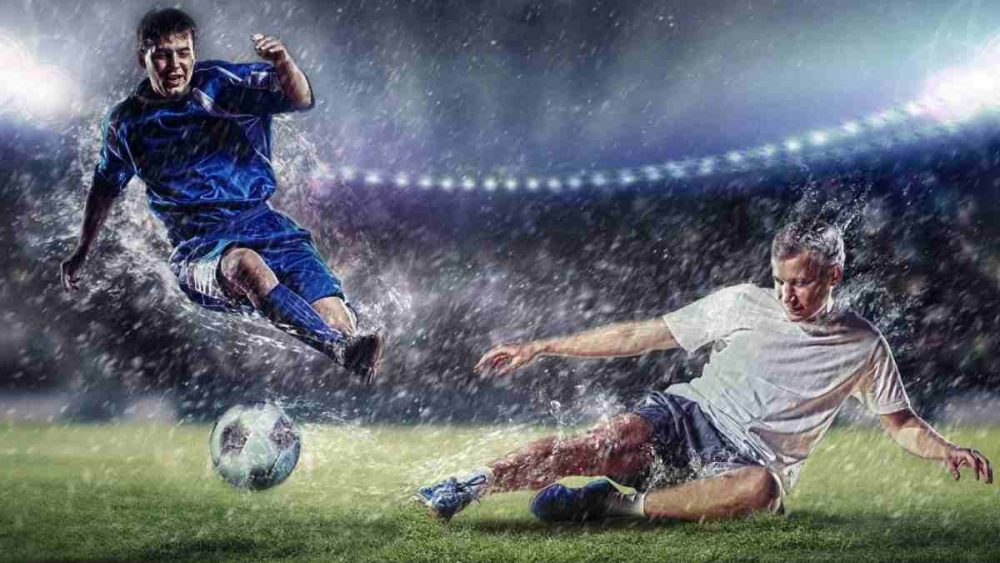


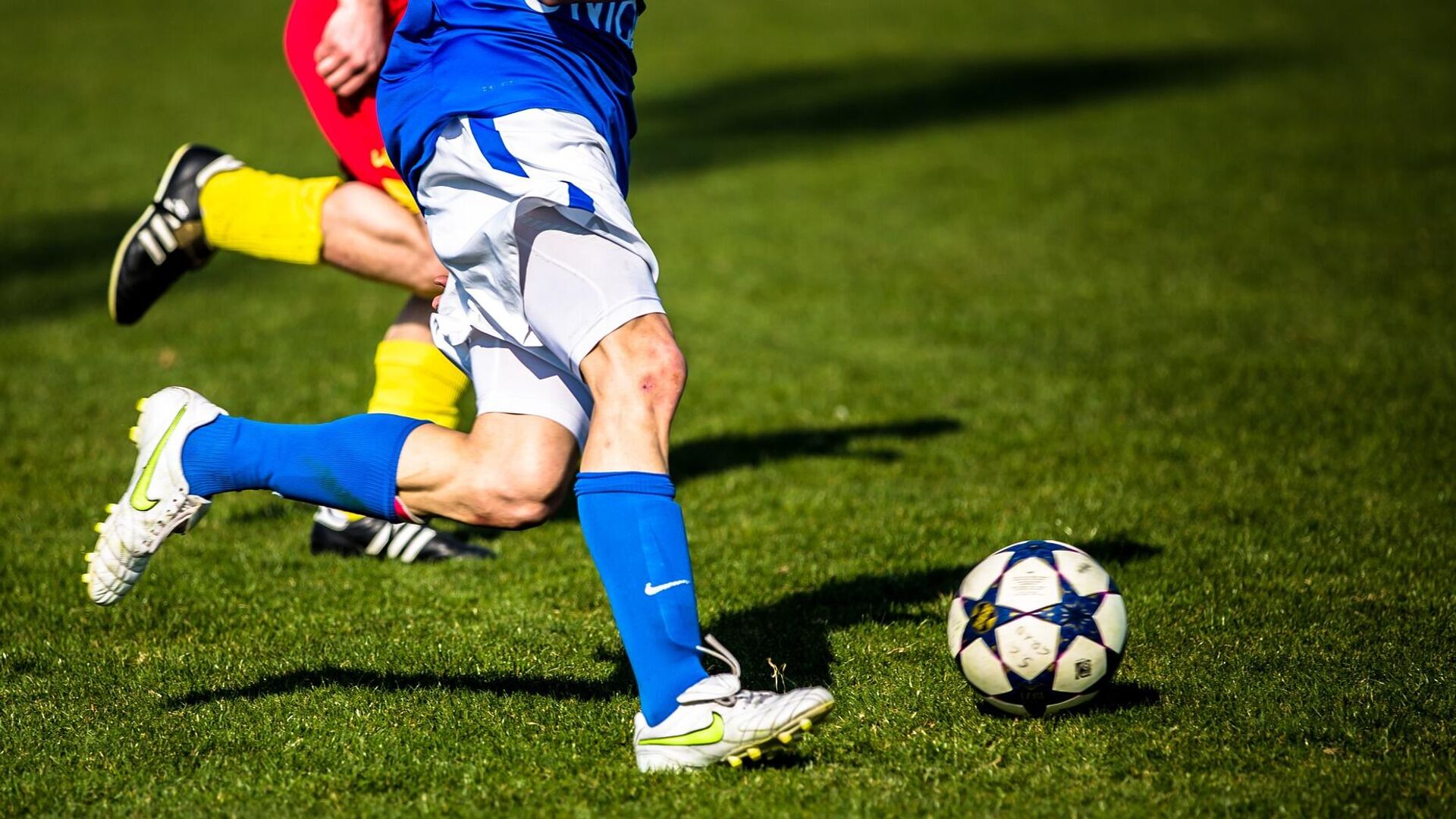
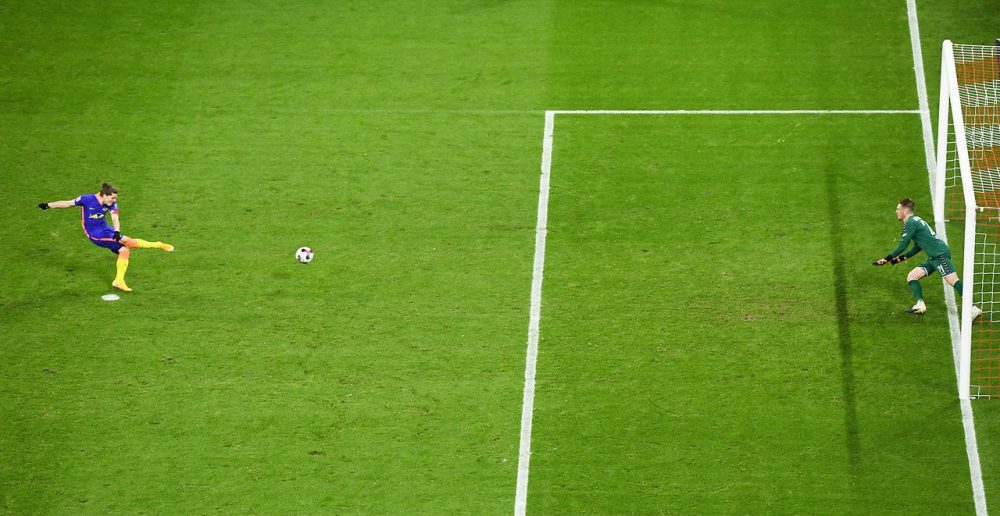

 Understanding what a penalty kick in football is impossible without analyzing its impact on the psychological state of the participants. At the moment of the kick, the player is under pressure not only from the result but also from the multimillion audience. On average, goalkeepers guess the direction of the kick in 57% of cases, but only successfully save the ball in 18% of cases. Even top performers miss – for example, Cristiano Ronaldo has a penalty conversion rate of around 83%, Lionel Messi – 78%.
Understanding what a penalty kick in football is impossible without analyzing its impact on the psychological state of the participants. At the moment of the kick, the player is under pressure not only from the result but also from the multimillion audience. On average, goalkeepers guess the direction of the kick in 57% of cases, but only successfully save the ball in 18% of cases. Even top performers miss – for example, Cristiano Ronaldo has a penalty conversion rate of around 83%, Lionel Messi – 78%.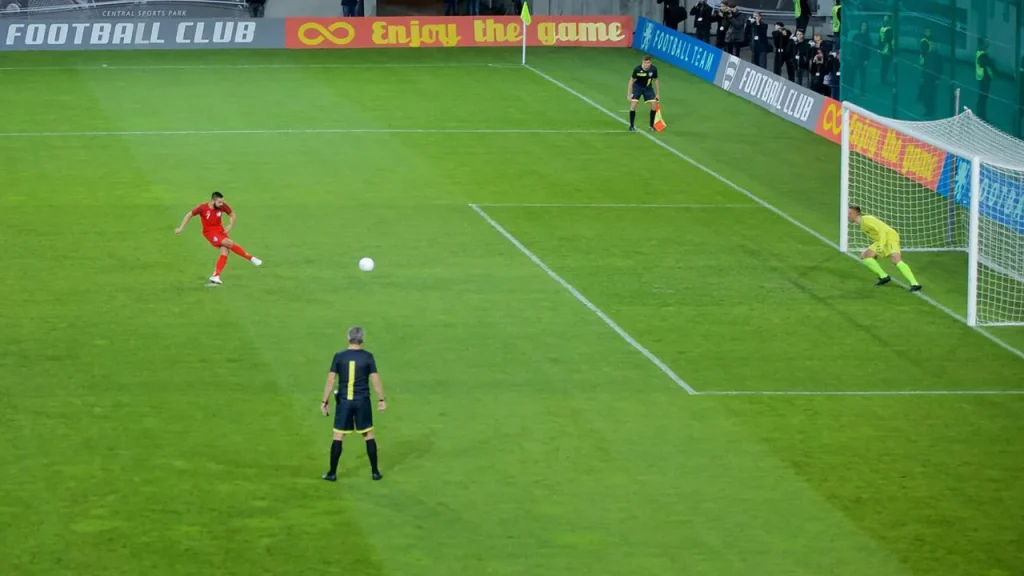 What is a penalty kick in football? It is a tool of pressure and strategic calculation. Often teams deliberately provoke opponents to make mistakes in the penalty area – through dribbles, sudden changes of pace, one-on-one attacking actions. Coaches teach players not only to take penalty kicks but also to “earn” them – by exploiting defensive errors.
What is a penalty kick in football? It is a tool of pressure and strategic calculation. Often teams deliberately provoke opponents to make mistakes in the penalty area – through dribbles, sudden changes of pace, one-on-one attacking actions. Coaches teach players not only to take penalty kicks but also to “earn” them – by exploiting defensive errors.
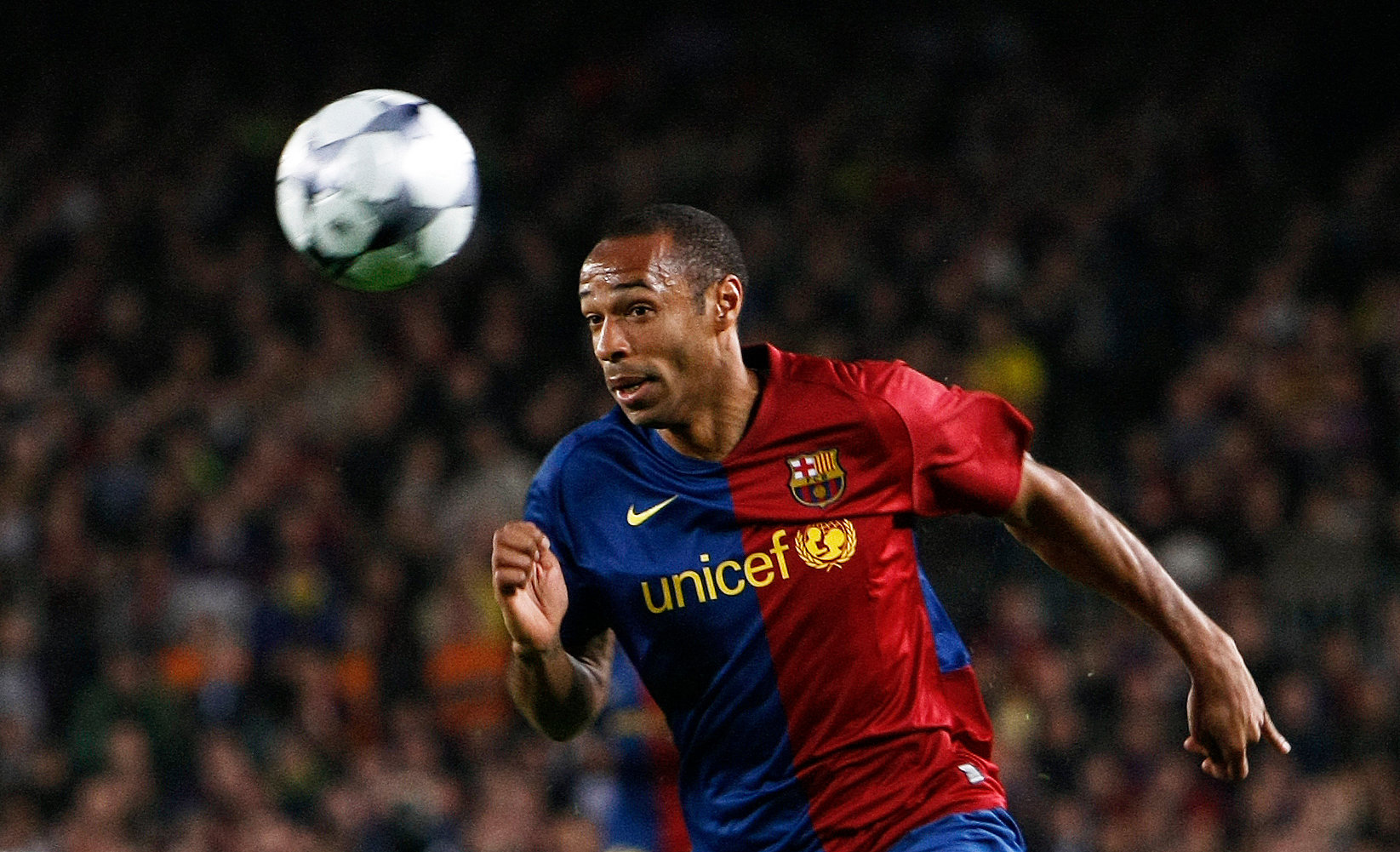

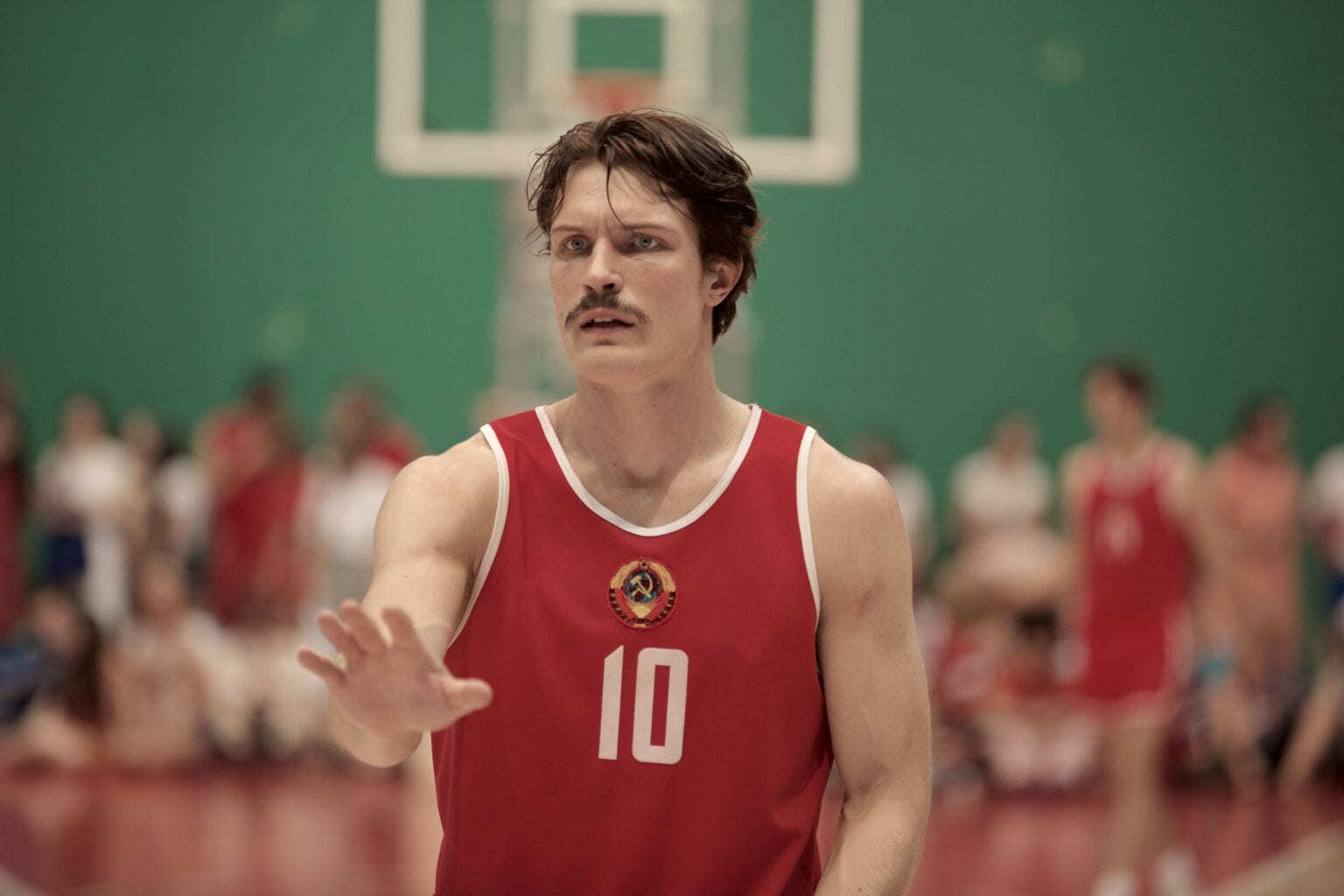


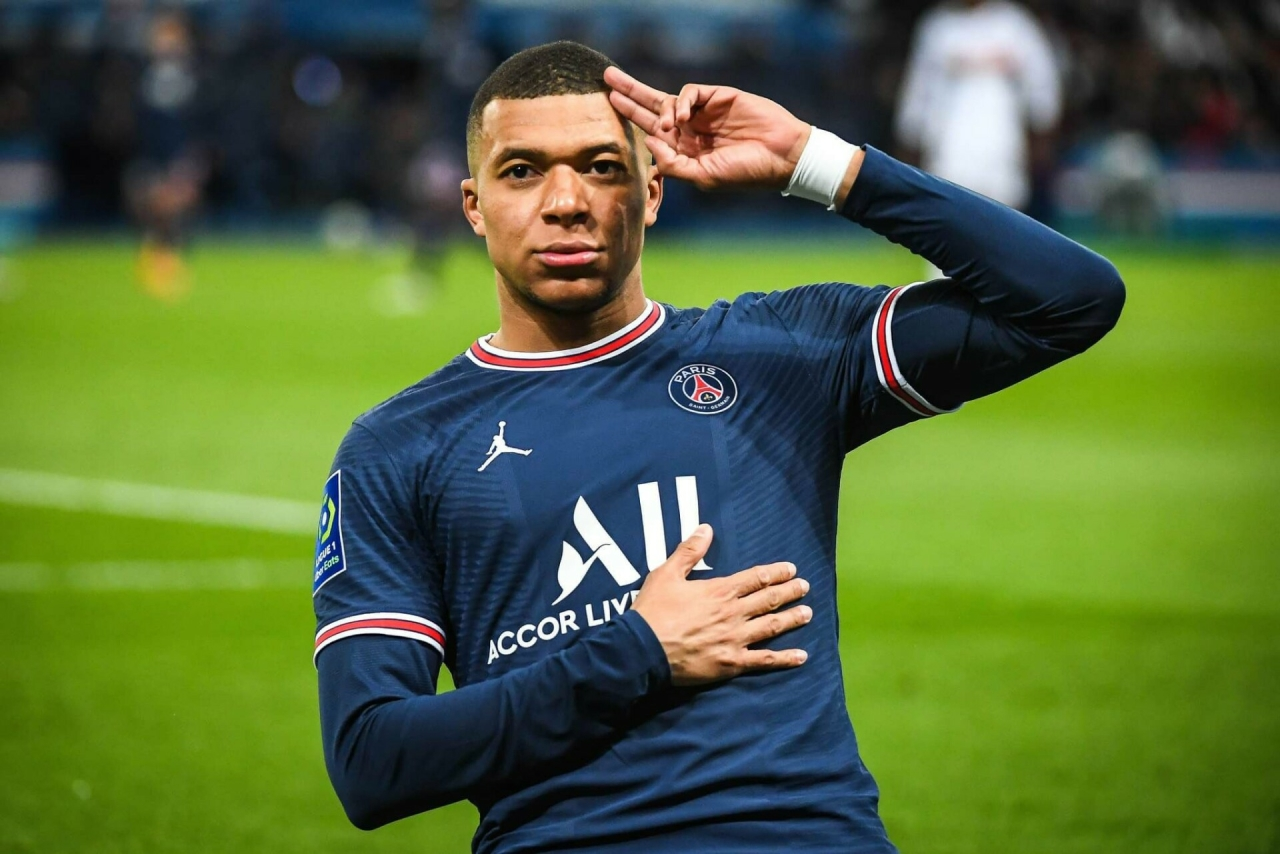

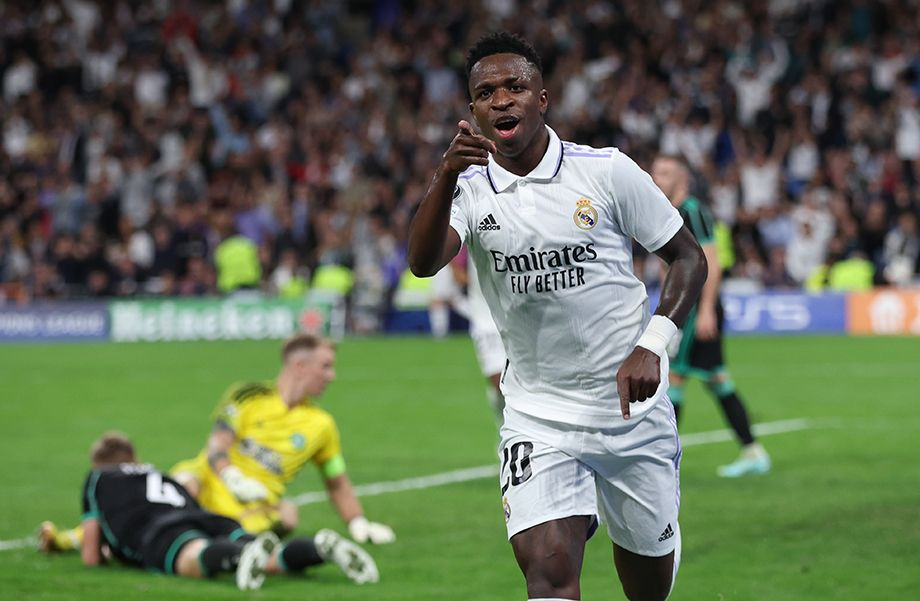 La Liga’s most expensive players shape the face of the league. Their value is the result of comprehensive analysis, but the impact on the game, transfers, and image is crucial. Clubs develop strategies around stars. Brands pay for a signing with their image. Fans come for the moments they create. Every transfer fee isn’t just about money. It’s about trust in the project, belief in the result, and a focus on development. For this reason, the market closely monitors every movement in La Liga’s player value chart. Because behind the numbers lies football’s most important resource: talent.
La Liga’s most expensive players shape the face of the league. Their value is the result of comprehensive analysis, but the impact on the game, transfers, and image is crucial. Clubs develop strategies around stars. Brands pay for a signing with their image. Fans come for the moments they create. Every transfer fee isn’t just about money. It’s about trust in the project, belief in the result, and a focus on development. For this reason, the market closely monitors every movement in La Liga’s player value chart. Because behind the numbers lies football’s most important resource: talent.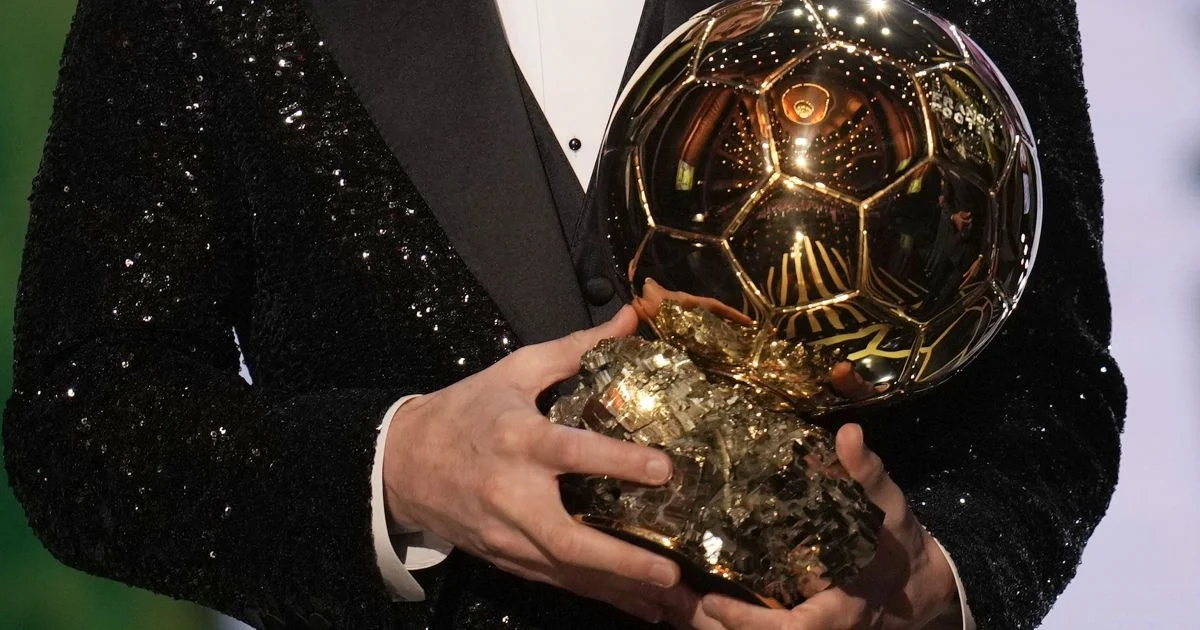
 The contenders for the 2025 Ballon d’Or represent a cross-section of the football elite and reflect not only statistics but also the extent of their influence on the season’s events. Each of them shaped the outcome not only through their individual numbers but also through their participation in key games, finals and decisive stages of championships. The analysis includes players from the Premier League, La Liga, Bundesliga and Ligue 1 whose performances confirm their status as favourites for the season’s highest individual award.
The contenders for the 2025 Ballon d’Or represent a cross-section of the football elite and reflect not only statistics but also the extent of their influence on the season’s events. Each of them shaped the outcome not only through their individual numbers but also through their participation in key games, finals and decisive stages of championships. The analysis includes players from the Premier League, La Liga, Bundesliga and Ligue 1 whose performances confirm their status as favourites for the season’s highest individual award. The contenders for the 2025 Ballon d’Or are determined not only by numbers but also by symbols. Bellingham is the face of the dominant Real Madrid, Mbappe is a brand of the new generation and Kane embodies stability. The main battle will take place between the players of Real Madrid and PSG. However, the Yamal effect or Kane’s performance could play a decisive role in the voting.
The contenders for the 2025 Ballon d’Or are determined not only by numbers but also by symbols. Bellingham is the face of the dominant Real Madrid, Mbappe is a brand of the new generation and Kane embodies stability. The main battle will take place between the players of Real Madrid and PSG. However, the Yamal effect or Kane’s performance could play a decisive role in the voting.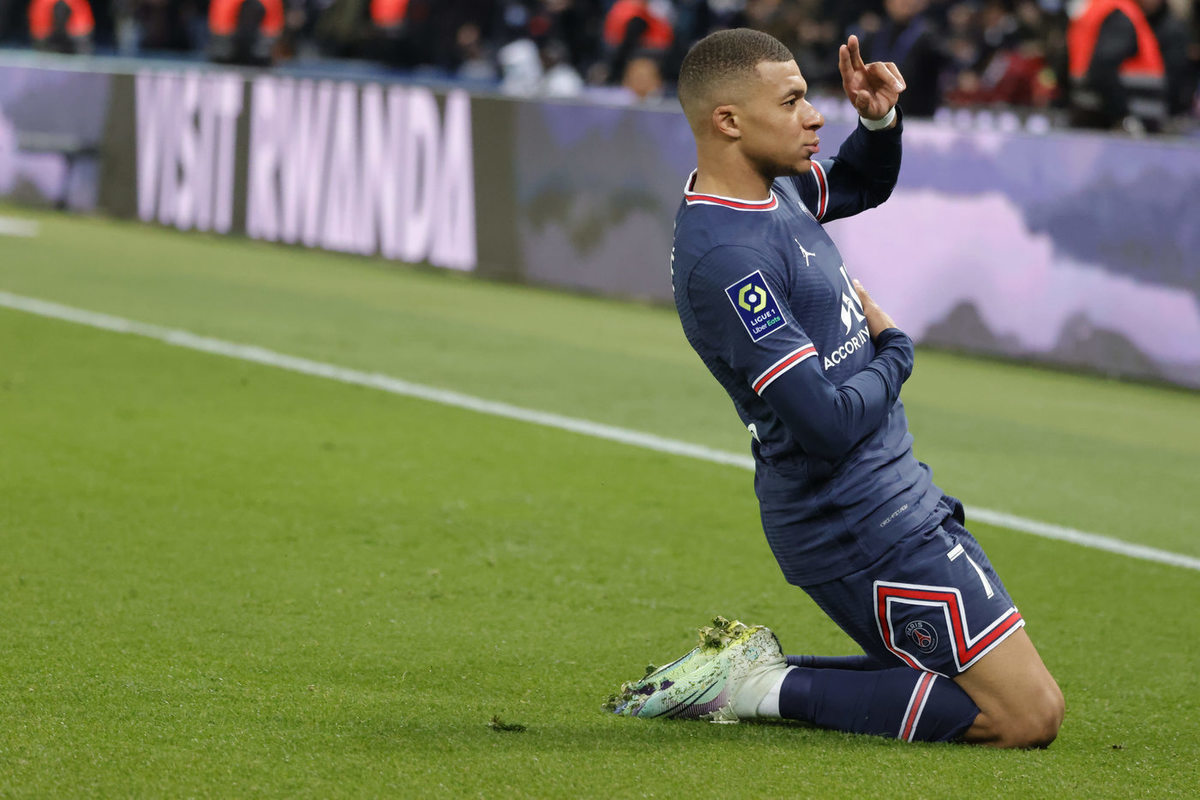
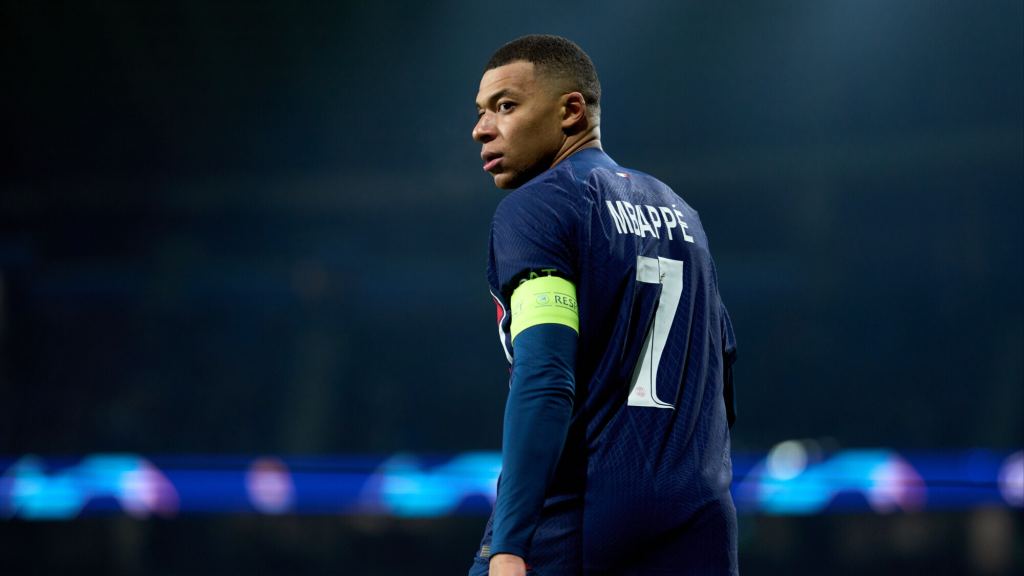 Kylian Mbappe’s biography includes a unique collection of trophies and personal awards. Since 2017, he has won:
Kylian Mbappe’s biography includes a unique collection of trophies and personal awards. Since 2017, he has won: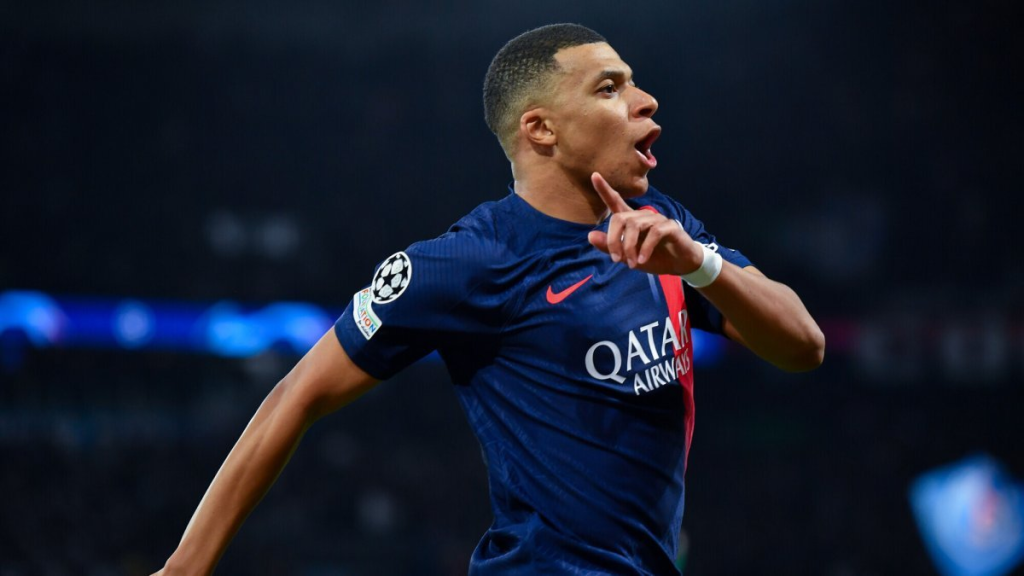 Kylian Mbappé’s biography is a rare example of how an athlete has changed not only the game, but an entire industry. Style, speed, consistency and ambition have redefined the parameters of football performance. The Bondy player has become the symbol of a new era in which the striker sets the pace of the tournament, shapes the team according to his wishes and creates a legacy not only after his career, but at its peak.
Kylian Mbappé’s biography is a rare example of how an athlete has changed not only the game, but an entire industry. Style, speed, consistency and ambition have redefined the parameters of football performance. The Bondy player has become the symbol of a new era in which the striker sets the pace of the tournament, shapes the team according to his wishes and creates a legacy not only after his career, but at its peak.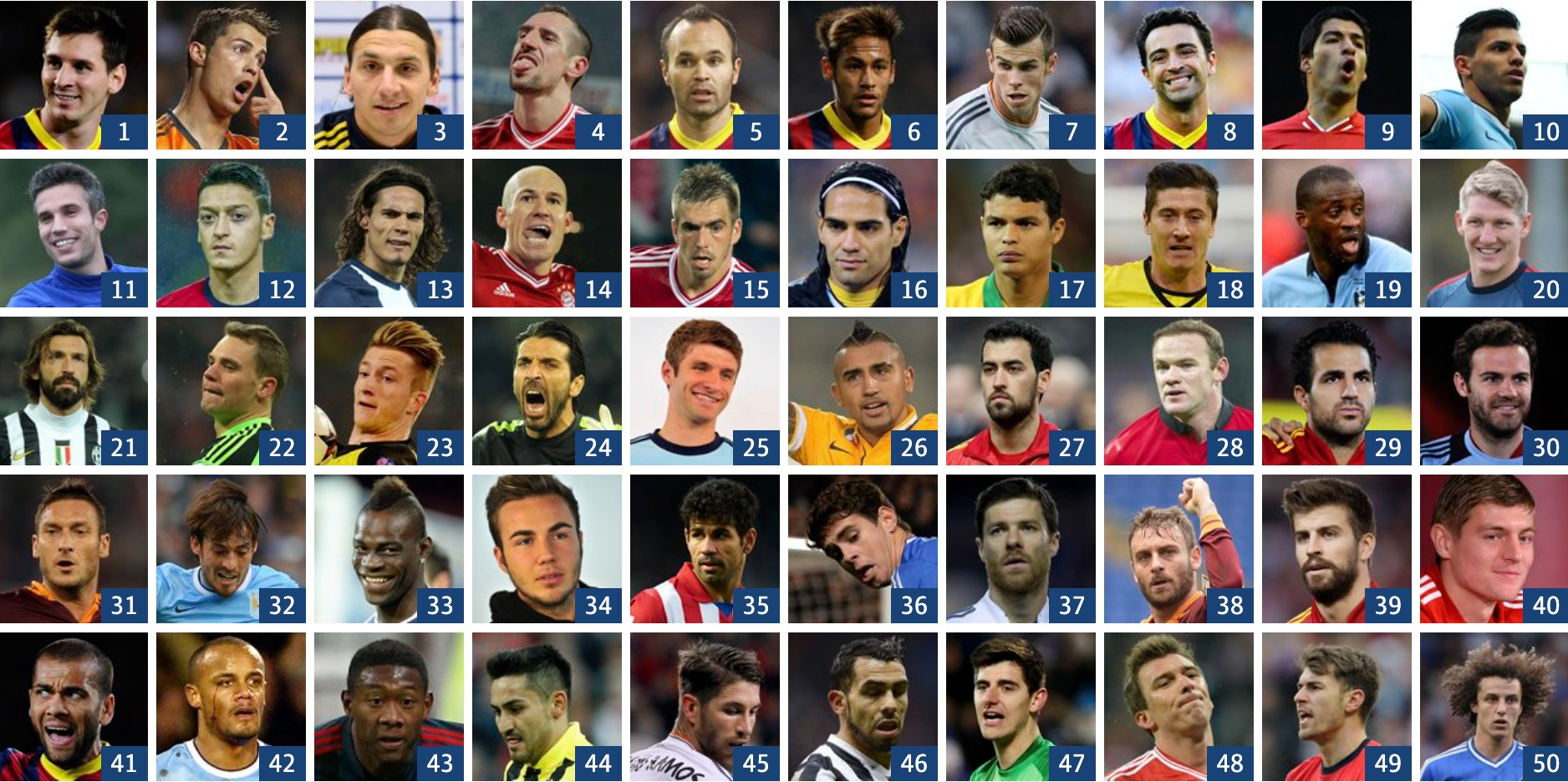
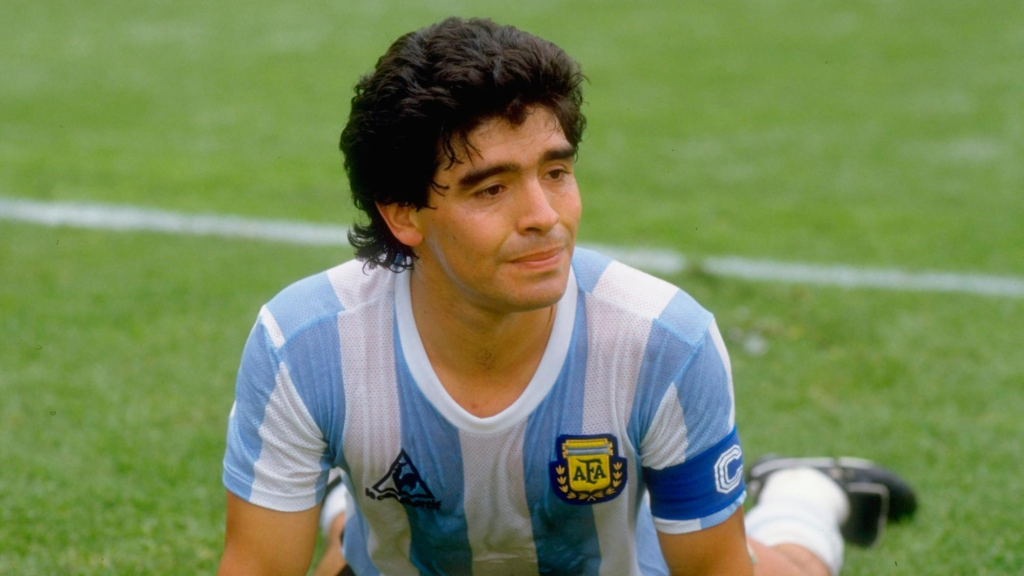 Position: attacking midfielder.
Position: attacking midfielder.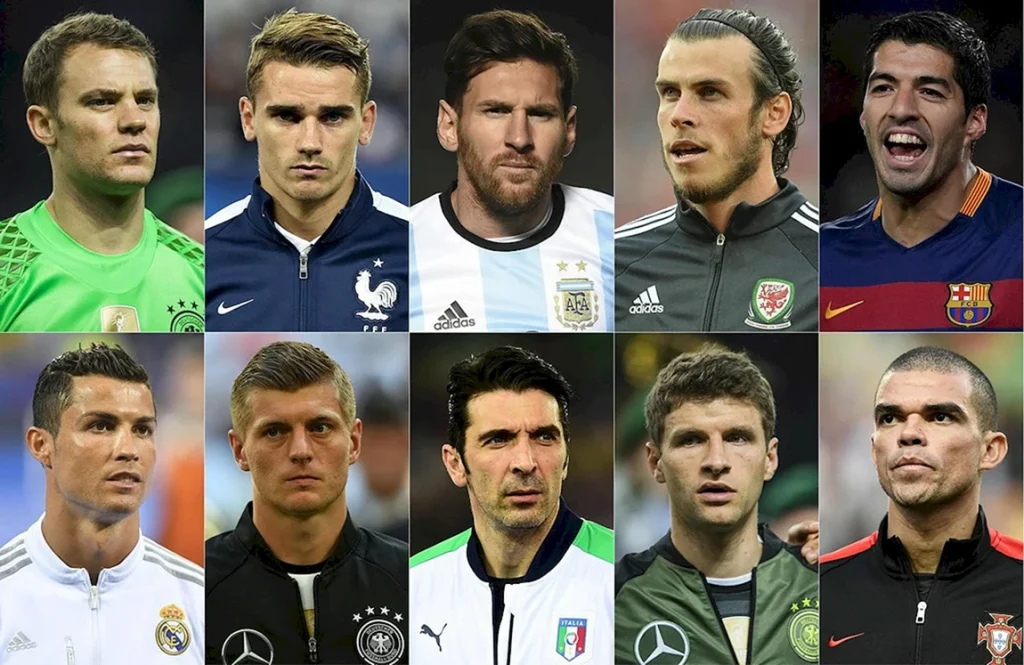 The best footballers of all time – an overview of great careers. Each of them is not just a player, but an entire era. What makes them special is not their statistics, but their influence. How they changed the game, the teams and the fans. Football will not remember all the goal scorers, but it will never forget those who turned the game into an art form.
The best footballers of all time – an overview of great careers. Each of them is not just a player, but an entire era. What makes them special is not their statistics, but their influence. How they changed the game, the teams and the fans. Football will not remember all the goal scorers, but it will never forget those who turned the game into an art form.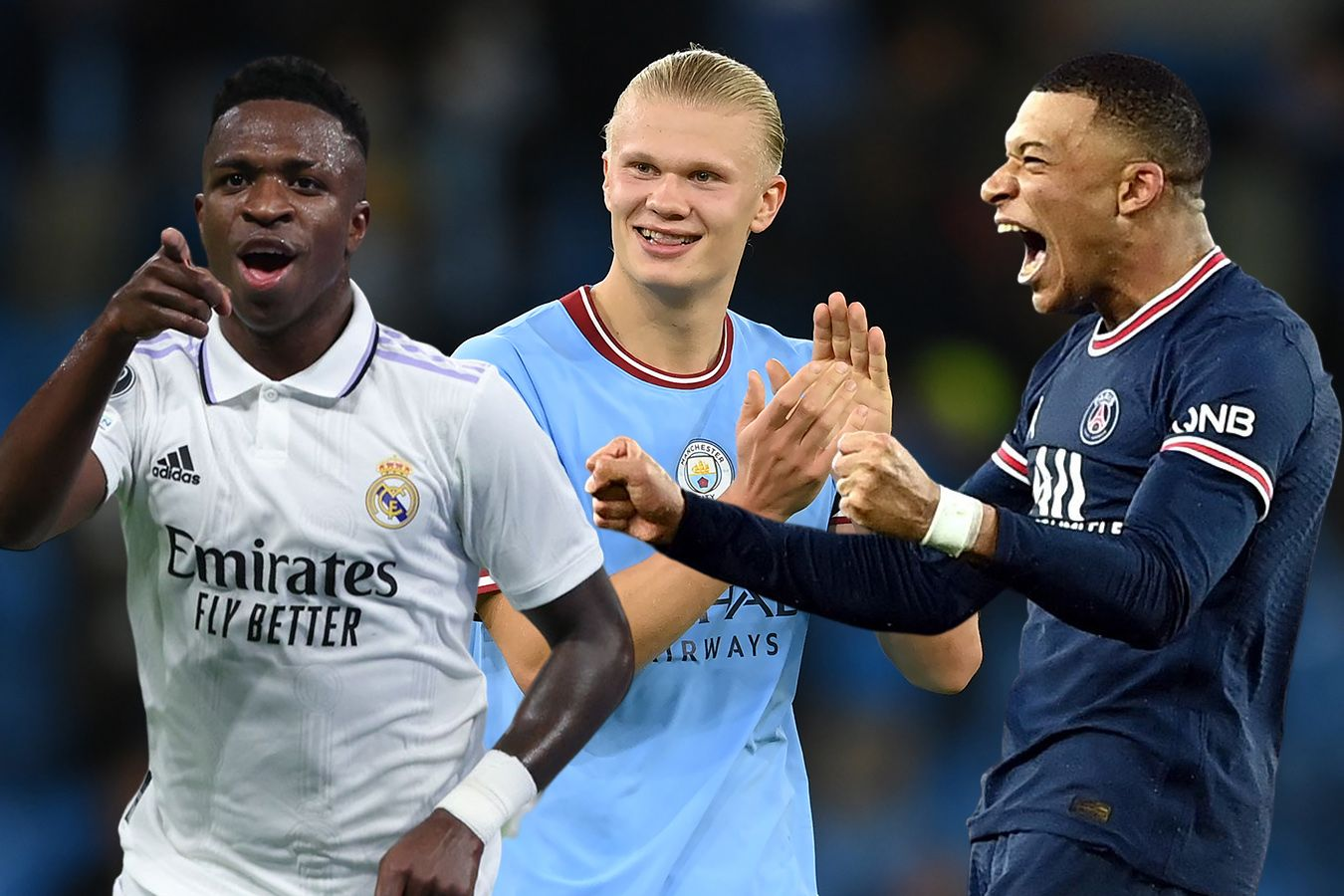
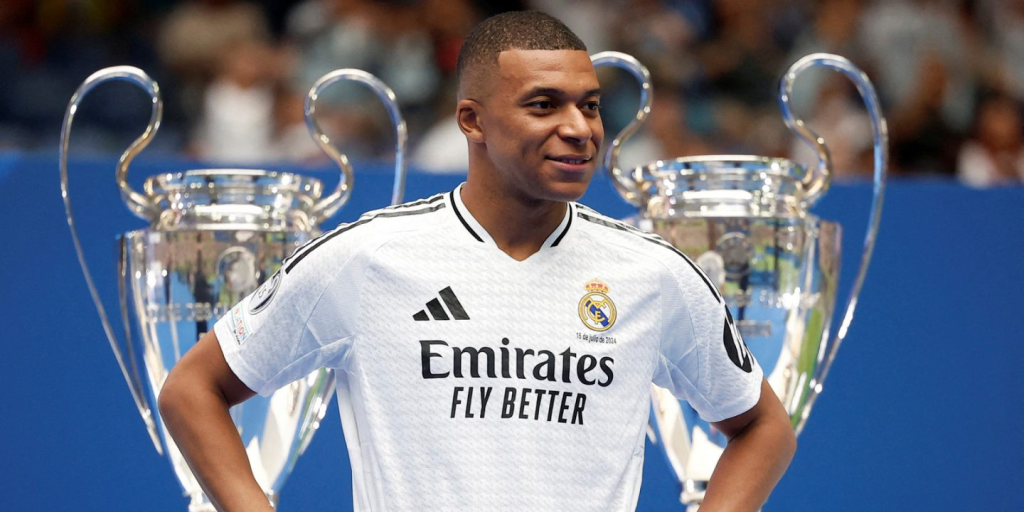 The football market in 2025 has produced a new wave of global stars. Players whose names shape the attacking style, transfer policy and media presence of clubs now determine their price not by their age, but by their influence.
The football market in 2025 has produced a new wave of global stars. Players whose names shape the attacking style, transfer policy and media presence of clubs now determine their price not by their age, but by their influence. The most expensive football players in the world in 2025 will not be determined by emotions, but by algorithms. Age, versatility, tactical maturity, involvement in victories, marketing – all of these factors play a role. Position, efficiency, records and international reputation determine the final price. It is a brand, an asset, a tool for exerting pressure and achieving victories. The market has adapted to the new economy, and a transfer is no longer a purchase, but a declaration of intent.
The most expensive football players in the world in 2025 will not be determined by emotions, but by algorithms. Age, versatility, tactical maturity, involvement in victories, marketing – all of these factors play a role. Position, efficiency, records and international reputation determine the final price. It is a brand, an asset, a tool for exerting pressure and achieving victories. The market has adapted to the new economy, and a transfer is no longer a purchase, but a declaration of intent.